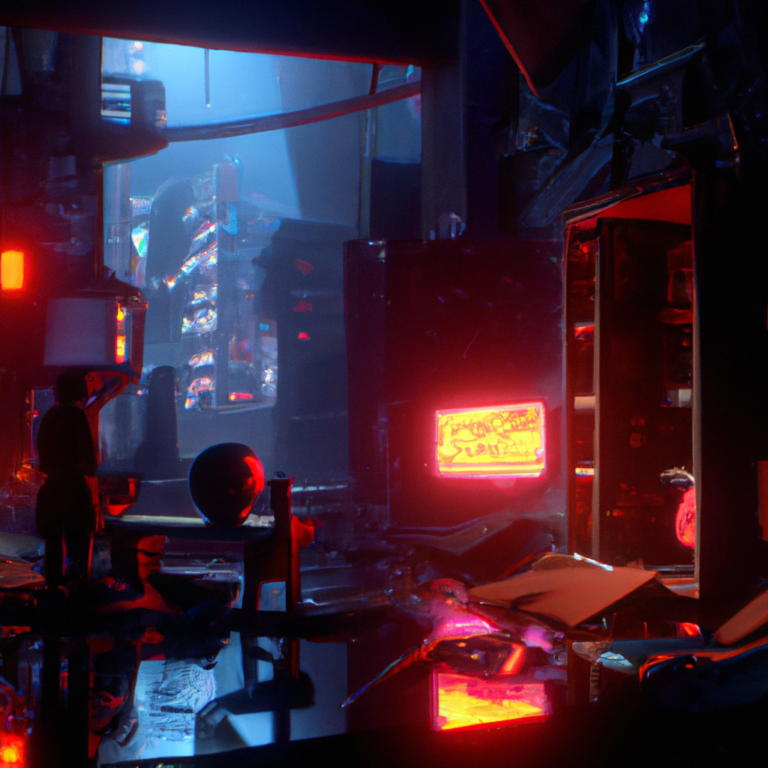“Unlocking Success: The Impact of Microtransactions and Monetization Strategies in Game Development”
The gaming industry has come a long way since the days of inserting quarters into arcade machines. Today, game developers have a plethora of tools and strategies at their disposal to monetize their games. One such strategy is the use of microtransactions. Microtransactions, small in-game purchases that players can make to enhance their gaming experience, have become increasingly popular in recent years. This blog post will delve into the role of microtransactions and other monetization strategies in game development.
Microtransactions typically involve the purchase of virtual goods, such as in-game currency, cosmetic items, or other optional content. They have become a significant source of revenue for many game developers, as they offer a continuous revenue stream long after a game’s initial release. This is particularly true in the world of free-to-play games, where microtransactions can be the primary or even the only source of income for a developer.
One of the benefits of microtransactions is that they can help to support a game’s ongoing development. As players continue to make in-game purchases, developers can invest in creating new content, improving game mechanics, and fixing bugs. This can result in a better overall experience for players, as the game continues to evolve and improve over time.
However, microtransactions are not without their controversies. Some players argue that they can create a “pay-to-win” environment, where those who are willing to spend money on in-game items have a distinct advantage over those who don’t. This can often lead to a feeling of imbalance within the game and can cause frustration for players who would rather not spend additional money.
To counter these potential drawbacks, developers have implemented various monetization strategies that work alongside or as alternatives to microtransactions. These may include:
1. Cosmetics only: One way to avoid the pay-to-win issue is to limit microtransactions to purely cosmetic items, such as character skins or other visual enhancements. This ensures that players who choose to spend money do not gain any gameplay advantage over those who do not.
2. Battle passes: Another popular monetization strategy is the use of battle passes, which provide players with access to a predetermined set of in-game rewards over a specific period. Players can earn these rewards by completing in-game challenges or leveling up their battle pass. This model has proven successful for games such as Fortnite, as it encourages players to engage with the game regularly and can be a significant source of revenue.
3. DLCs and expansions: Some developers choose to release downloadable content (DLC) or expansions as a way of monetizing their games. These typically provide new storylines, characters, or gameplay features and can be purchased separately from the base game.
4. Subscription models: Subscription-based models have also made their way into the gaming industry, with services such as Xbox Game Pass and PlayStation Now offering access to a library of games for a monthly fee. This model allows players to try out multiple games without having to make individual purchases and can act as a recurring source of revenue for developers.
Ultimately, the success of a monetization strategy depends on striking a balance between generating revenue for the developer and providing a fair and enjoyable experience for the player. With the gaming industry continually evolving, it’s likely that developers will continue to experiment with new and innovative ways to monetize their games in the future.







